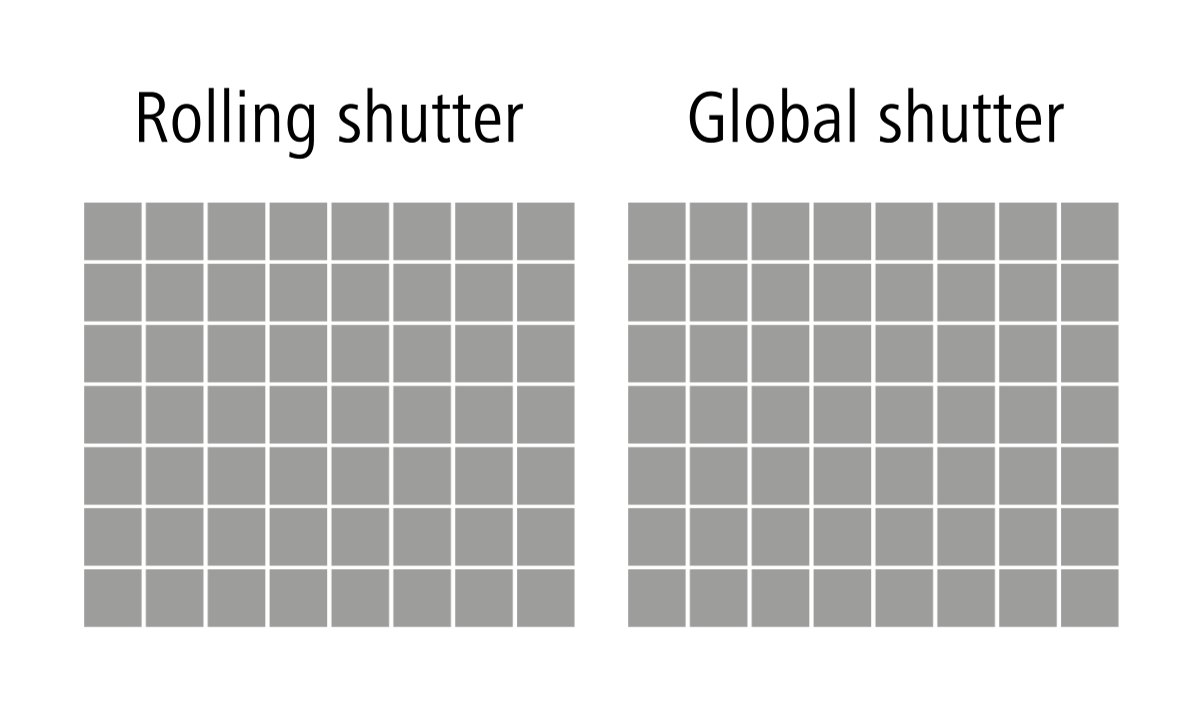The impact of the Nikon Z9 on the R1
Nikon has announced the Z9 as a development announcement that the camera will be out in around a year's time. They were cautiously brief in their announcement, showing a mockup and simply mentioning that it will have a stacked sensor. This would make it similar to the Sony A1.
While this from the outside may look unimportant for Canon, it provides an increasing amount of pressure for Canon to announce something for the R1, and since the Z9 may not be coming out until 2022, the pressure is completely off of them if they do a development announcement looking forward to late summer or 3Q for the official release.
Nikon's inclusion of a stacked sensor means that unless Canon brings a sensor that has an ultra-fast readout, they will have a competitive disadvantage. Of course the problem Canon will have with this is matching the raw dynamic range and performance that a stacked sensor can give versus a single layer front side illuminated sensor, which has been their sensor technology to date. We've heard rumors of Canon bringing out a global shutter solution for the R1. This seems like the most probable sensor solution, now that we know what the big two competitors to Canon have come out with.
There’s a lot of advantages to a global shutter over even the headline catching stacked sensors in the Sony A1 and A9 lineup and now this Z9. Instead of being limited to 1/200 or 1/300 flash sync speed – which for most is perfectly fine, a global shutter will be able to have flash sync speeds up to the maximum shutter speed of the camera. Also, flight flicker becomes a thing of the past, even with high frequency LED lighting. Rolling shutter because of readout speeds while whipping or panning, while almost a non issue with the faster stacked sensors, it is simply impossible to reproduce on a global shutter sensor.
How does a global shutter sensor work and have these advantages? It’s how pixels are read from the sensor. Normally on a sensor, each pixel is read one at a time, producing a “scan” for each row, stacked sensors can read the sensor much faster than a normal sensor however they are still reading sequentially. A global shutter sensor uses memory for each pixel, and will “switch and store” the value from the pixel into memory all at once. This animated image demonstrates how this works.

Effectively a global shutter sensor can read each pixel at the same time, as the sensor can then output the values a line at a time from memory. There is a cost, as the memory has to take up room that usually the pixel uses for it’s storage. So because of that, it will have less dynamic range than a normal sensor. We can see from the C700 Global Shutter replacement service that the dynamic range of the C700 decreases from 15 EV to 14EV when equipped with a global shutter.
Are the inherent benefits of a global shutter sensor enough to combat the 1+ EV loss that this sensor would have against the stacked sensors of Sony and Nikon? With the proper messaging it certainly could be. I know we weren’t supposed to hear anything from Canon until the second half of the year, or around 2-3 months from now, but I suspect with the Z9 announcement Canon will come out with their own development announcement sooner than later.
9299